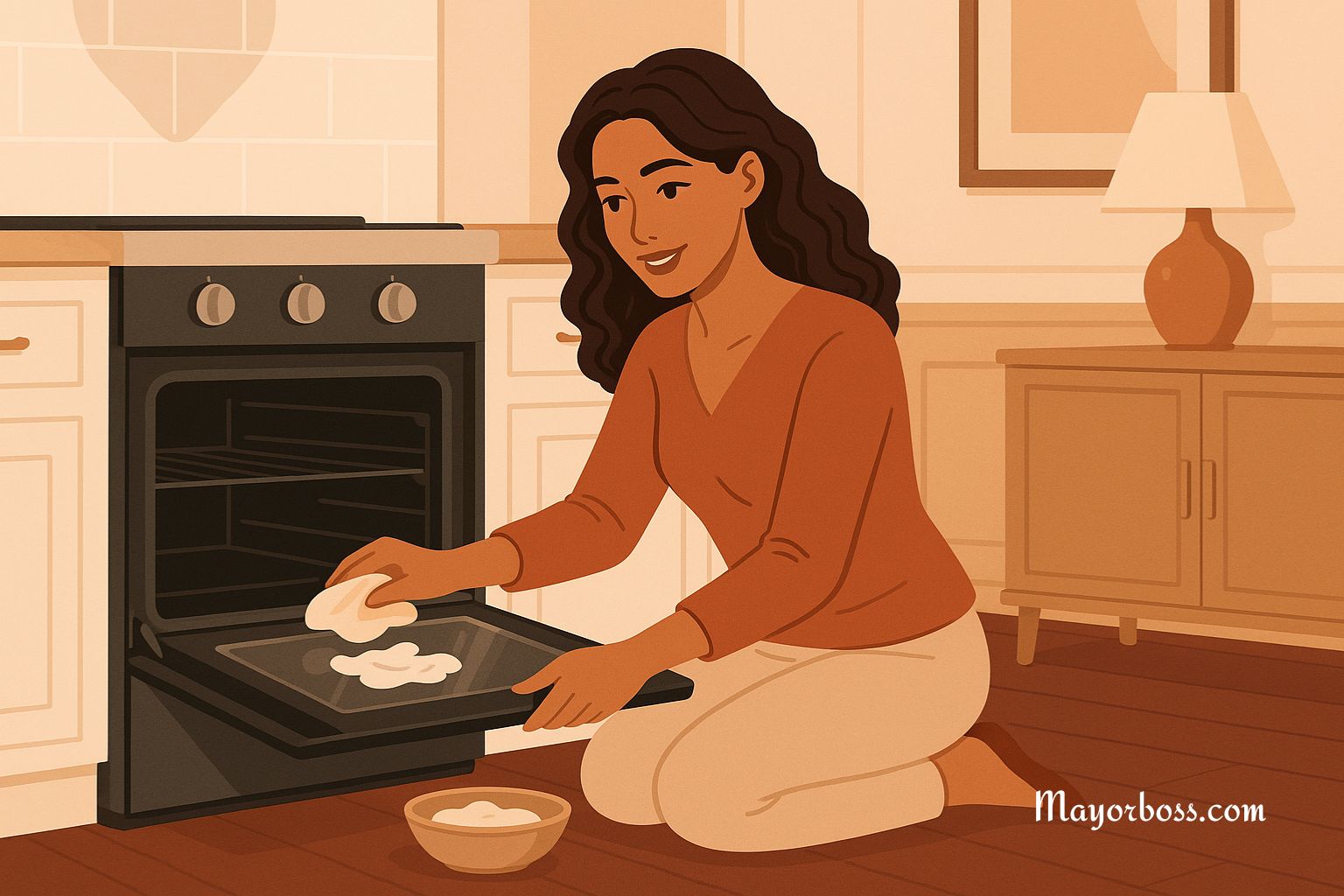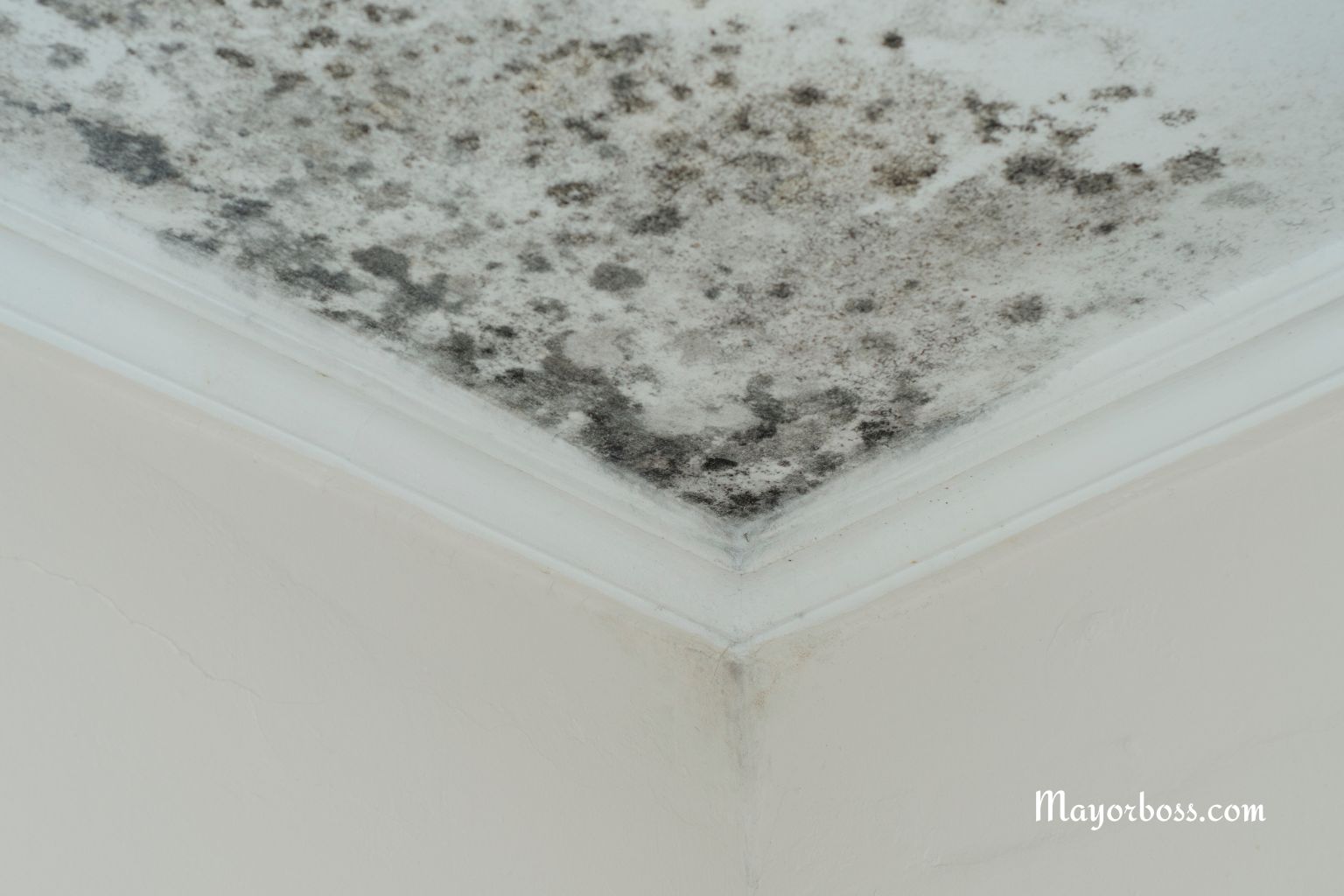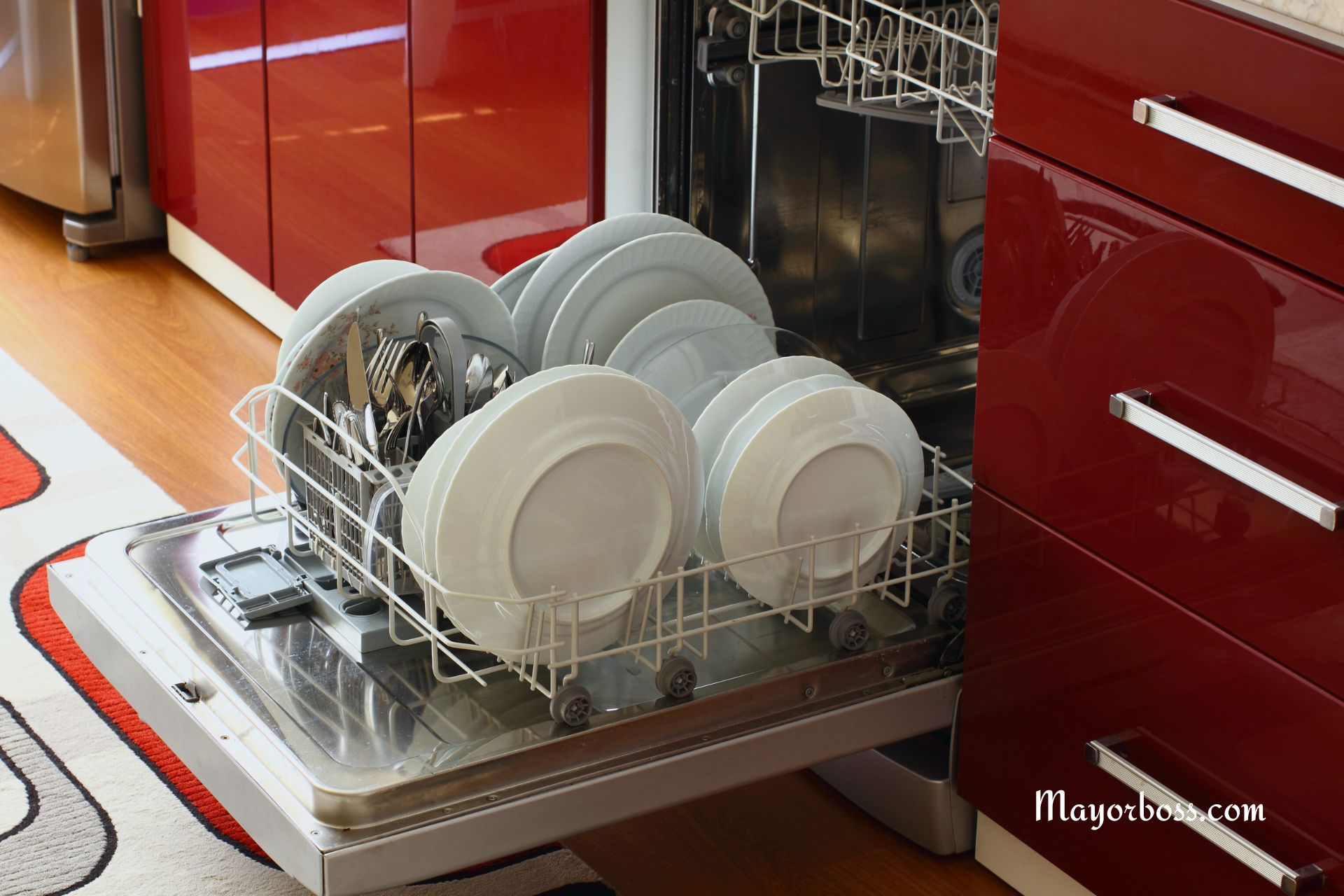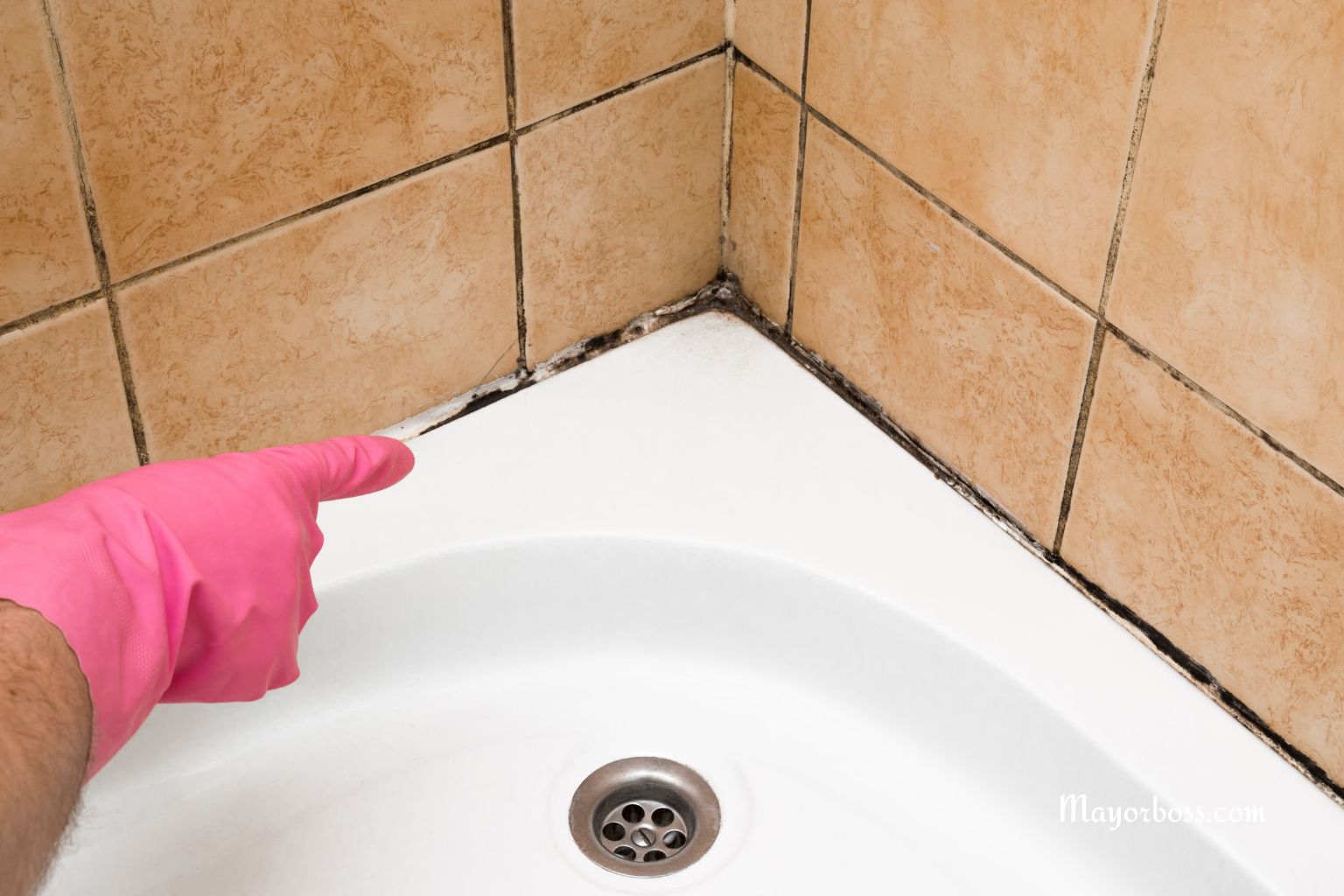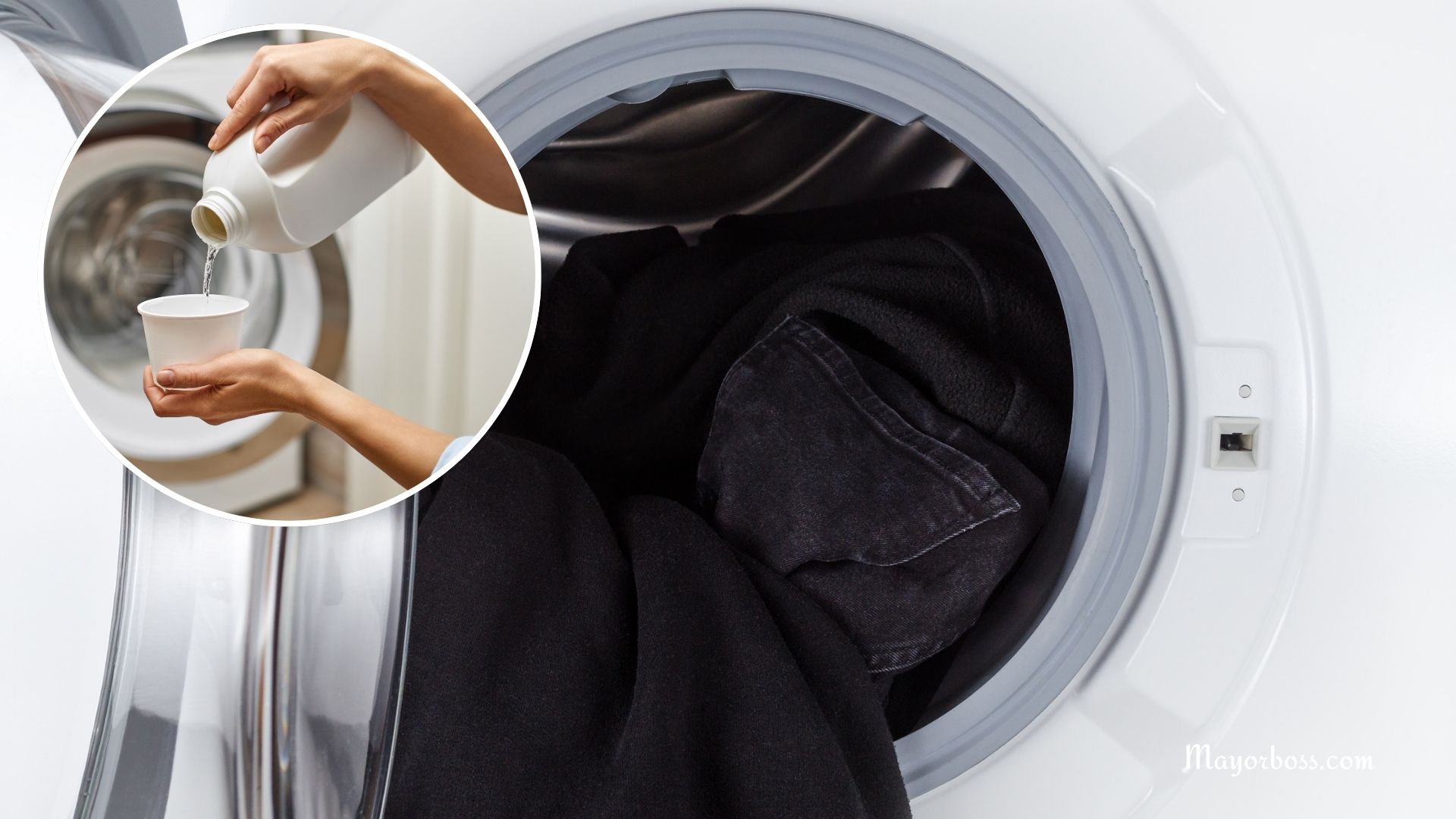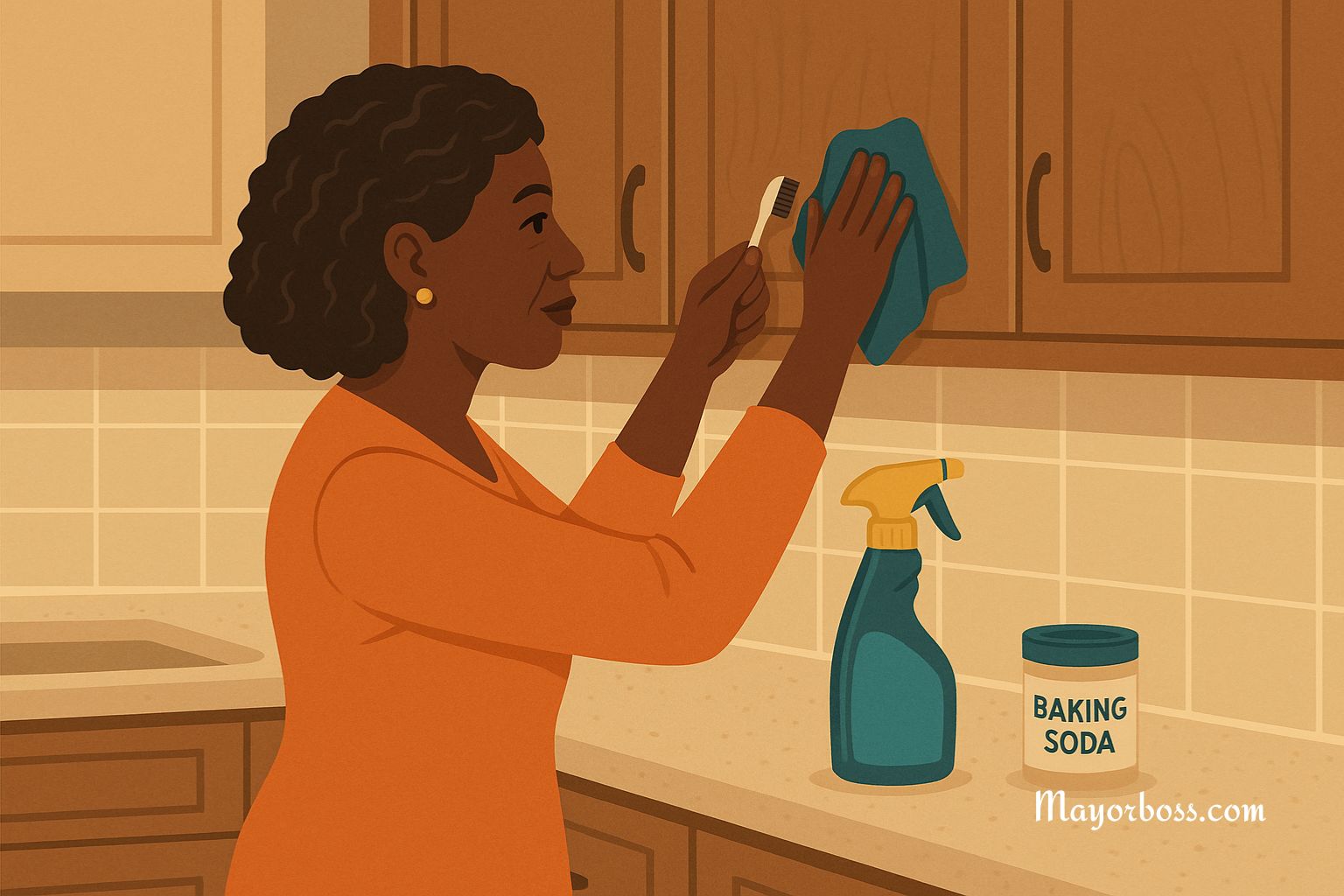6 Things You Should Never Plug Into a Power Strip
Power strips are handy when you need more outlets, but they are not designed for everything. Some appliances pull too much power, generate heat, or cause sudden surges that a power strip simply cannot handle. According to an electrical expert, misusing them can damage your devices, trip your breaker, or even start a fire.
If you want to protect your home and your electronics, here are six things you should never plug into a power strip—and what you should do instead.
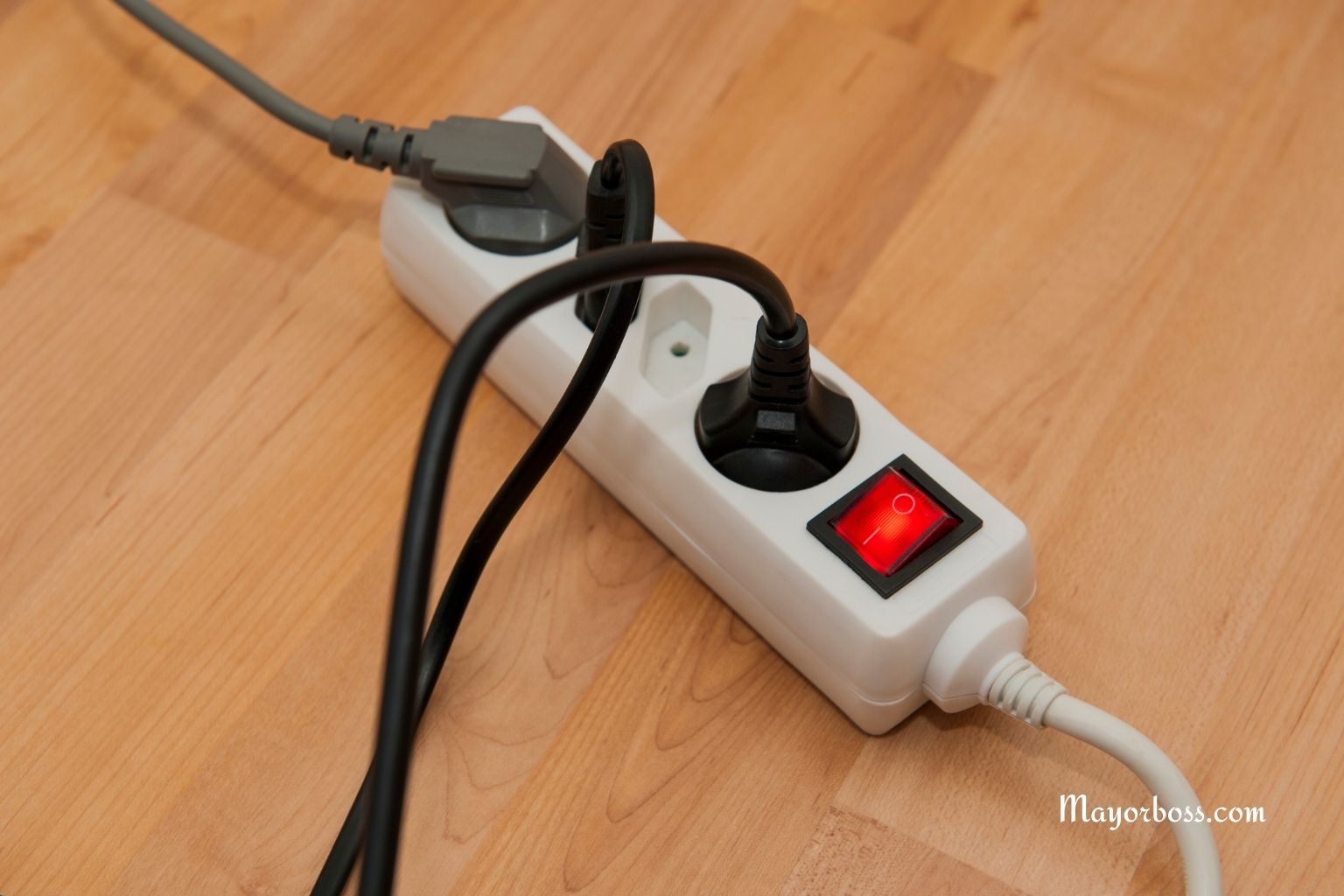
1. Refrigerators and Freezers
Refrigerators and freezers work in cycles. The compressor inside turns on and off to keep food cold, and every time it kicks in, it pulls a surge of electricity. Power strips are not built to handle that kind of demand. Over time, the strip can overheat, melt, or fail completely.
For safety, always plug your fridge and freezer directly into a wall outlet. These appliances should have their own dedicated outlet to keep them running properly.
2. Space Heaters
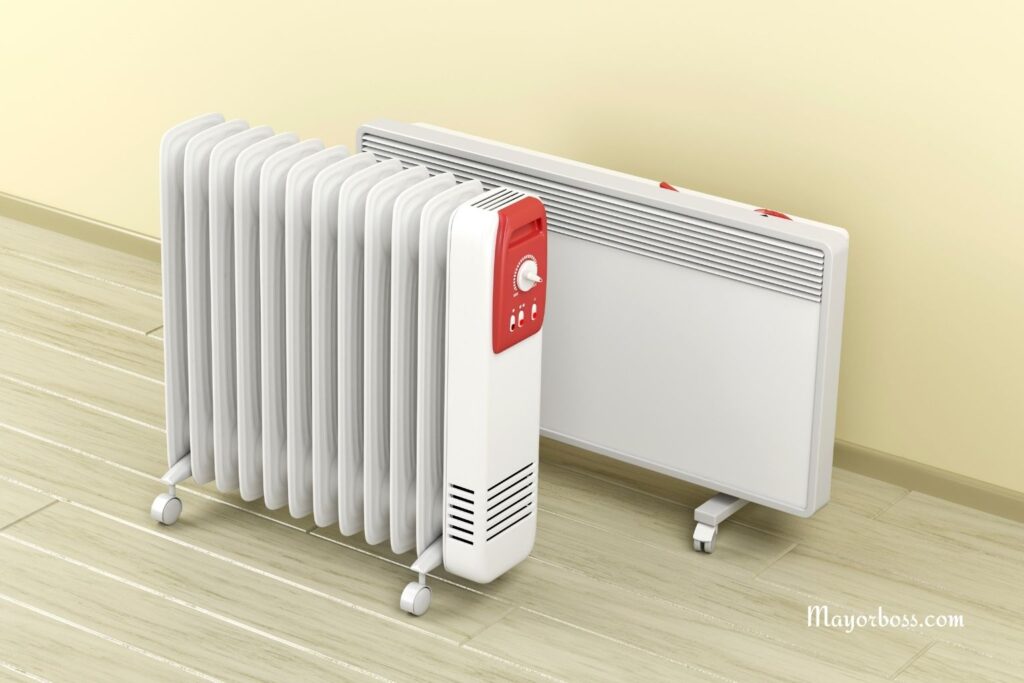
Space heaters are one of the top causes of electrical fires in homes. The reason is simple—they draw a huge amount of power to generate heat. A power strip can’t handle that load safely. If you plug a space heater into one, the strip may overheat and catch fire.
To use a space heater safely, it should always go straight into a wall outlet. Also, keep it at least three feet away from anything flammable, like curtains or furniture.
3. Microwaves
A microwave may look small, but it pulls a lot of electricity every time you heat up food. Running it through a power strip can cause the strip to overload. Not only does this risk damage your microwave, but it can also trip your breaker or start a fire.
The safest option is to keep your microwave connected directly to a wall outlet.
4. Hair Dryers and Curling Irons
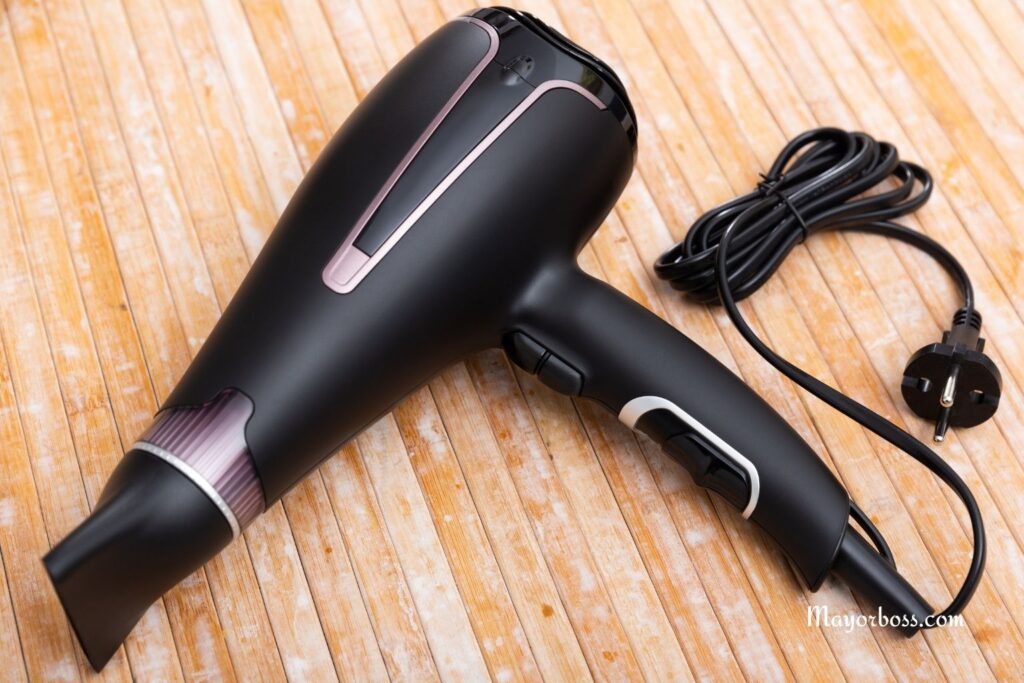
Hair styling tools heat up quickly because they need a sudden surge of power. Using them in a power strip, especially alongside other devices, creates a real risk of overload. If the strip can’t handle the demand, it could spark or fail while you’re using it.
It’s better to plug hair dryers, curling irons, and straighteners into a wall outlet. If you use them in the bathroom, make sure the outlet has a GFCI (ground-fault circuit interrupter) for extra protection.
5. Coffee Makers and Toasters
Kitchen appliances like coffee makers and toasters may seem harmless, but they consume more power than most people realize. Both use heat, and anything that generates heat tends to require a high wattage. Using them in a power strip adds unnecessary strain, especially if multiple devices are running at the same time.
Keep these appliances on their own outlets whenever possible. Not only is it safer, but it also ensures they work efficiently.
6. Washing Machines and Dryers

Laundry machines are some of the most power-hungry appliances in any home. In fact, most require special high-voltage outlets that are very different from what a power strip provides. Trying to run a washer or dryer through a strip is extremely unsafe and could cause serious damage to both your electrical system and the appliance.
These machines should always be connected to the correct dedicated wall outlet, as specified by the manufacturer.
What Is Safe to Plug Into a Power Strip?
Now that you know what not to plug in, you might wonder what is safe. Power strips work fine for low-power items such as:
- Phone chargers
- Laptops
- Lamps
- Routers or modems
- TVs and gaming consoles (preferably with surge protection)
As a general rule, if the device produces heat or uses a motor, it should go into a wall outlet, not a strip.
How to Use Power Strips Safely
Even with safe devices, there are a few important tips to keep in mind:
- Don’t daisy-chain: Never plug one power strip into another.
- Check the rating: Look for strips that are UL-listed for safety.
- Use surge protection: If you’re plugging in electronics, a surge-protected strip is worth the investment.
- Don’t overload it: If the strip feels hot or keeps tripping, unplug some devices.
FAQs
Can I plug a TV into a power strip?
Yes. Most modern TVs are safe to plug into a surge-protected power strip.
Is it okay to use a power strip for phone chargers?
Yes. Chargers use very little power, so they’re safe.
Can I plug a power strip into an extension cord?
No. This increases the risk of overloading and is not recommended.
Do all power strips have surge protection?
No. Many just provide extra outlets. Always check the label.
What should I do if my power strip feels hot?
Unplug it right away. A hot strip means it’s overloaded or faulty, which can lead to a fire.

